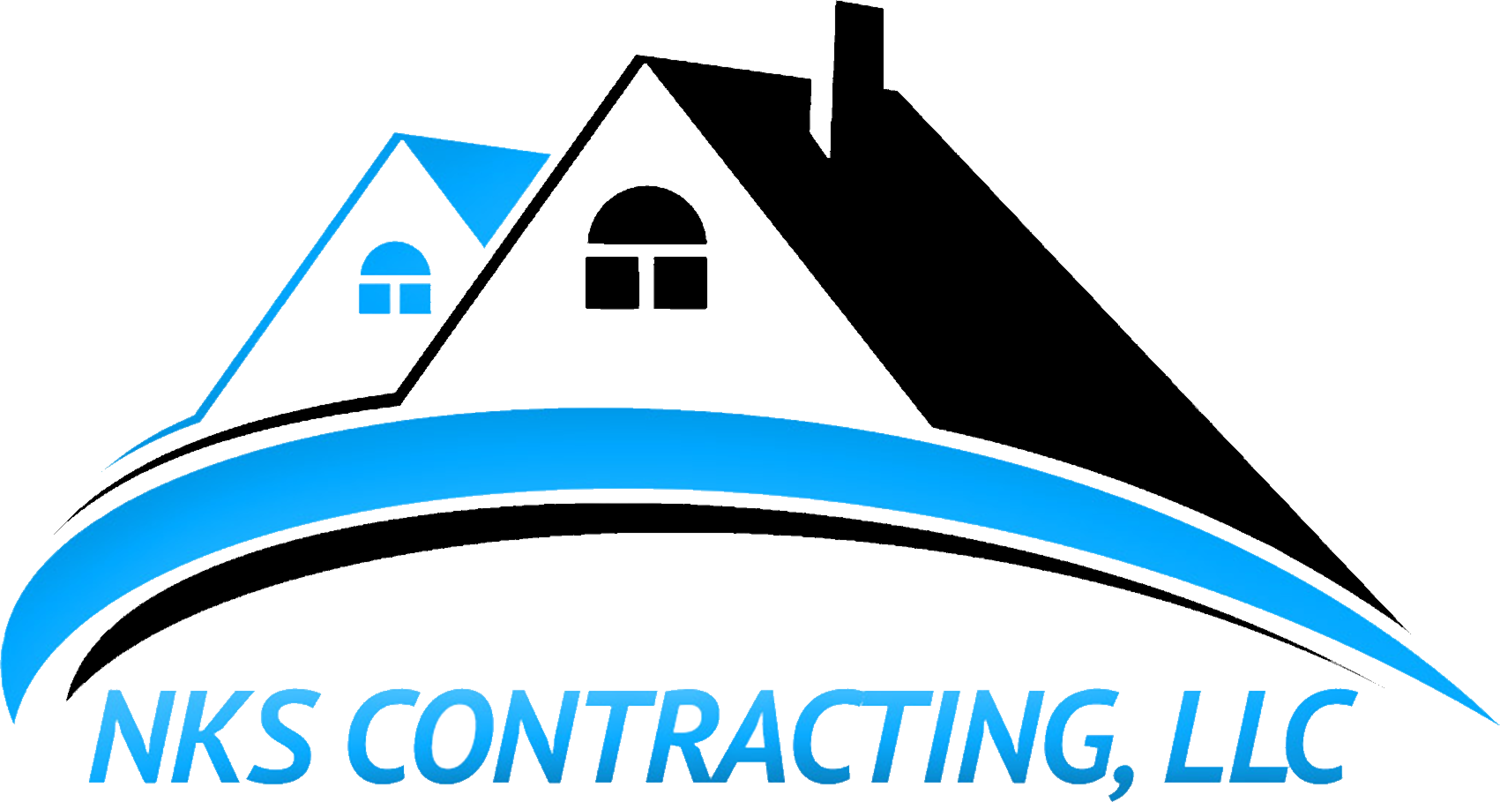Safeguarding Your Sanctuary: How Regular Roof Inspections Prevent Costly Home Damage
Your roof is one of the most critical components of your home, providing shelter and protection from the elements. It's crucial to ensure that your roof is in good condition year-round, as neglecting it can lead to costly repairs or even premature replacement. The National Roofing Contractors Association recommends regular roof inspections to keep your roof in top shape, and we at NKS couldn’t agree more. In this blog post, we'll delve into when and why you should follow up on your roof inspections.
When to Inspect Your Roof
The NRCA suggests checking your roof at least twice a year, ideally during the fall and spring. Here's why these seasons are optimal:
Fall Inspection
During the fall, the weather tends to be more mild, making it an ideal time to inspect your roof. Mild weather conditions provide a safer environment for thorough roof inspections. Additionally, this pre-winter inspection allows you to ensure that your roof is ready to withstand the upcoming temperature changes and potential seasonal weather hazards like snow and ice. Identifying and addressing issues in the fall can prevent them from worsening during the harsh winter months.
Spring Inspection
The spring inspection serves as a follow-up to the fall check. After enduring the winter weather, your roof may have incurred damage or wear that needs attention. Spring inspections help catch any problems early, ensuring your roof is prepared to withstand the summer heat and occasional heavy rains.
Special Considerations:
In addition to your routine inspections, there are other critical times to assess your roof's condition:
After Major Weather Events:
Whenever your area experiences severe weather events involving high winds, hail, or other forms of extreme weather, it's essential to inspect your roof afterward. These events can cause significant damage, regardless of your roof's age. Timely post-event inspections can help you identify any damage and prevent it from escalating into more extensive and expensive issues.
New Roof Inspections:
Even if you have a relatively new roof, don't assume it's invincible to weather-related damage. As mentioned earlier, extreme weather events can affect roofs of any age. Regular inspections, including after storms, are crucial for preserving your roof's longevity and protecting your investment.
Why Follow Up on Roof Inspections:
The "why" behind regular roof inspections is simple: proactive maintenance saves you time and money in the long run. Here are some compelling reasons to make follow-up inspections a priority:
Cost Savings
Detecting and addressing roof issues early can prevent minor problems from escalating into costly repairs or a premature roof replacement. Regular inspections allow you to catch and resolve issues while they're still manageable.
Extended Roof Lifespan
Proper maintenance can significantly extend your roof's lifespan. A well-maintained roof will serve you for many years, protecting your property and reducing the frequency of costly replacements.
Insurance Claims
If your roof sustains damage during a weather event, having a documented history of regular inspections can streamline the insurance claim process. It provides evidence of your commitment to roof maintenance and can help you receive fair compensation for repairs.
Regular roof inspections are essential for ensuring the longevity and performance of your roof. Inspecting your roof during mild seasons like fall and spring, as well as after severe weather events, is a proactive approach to roof maintenance. By following up on these inspections, you can catch and address issues early, ultimately saving you money and ensuring the continued protection of your property. Don't underestimate the value of routine roof inspections, and definitely don’t underestimate the value of any of NKS’s reliable roofers, so contact us on our website and let us take care of your next roof inspection this fall. Keep yourself, and your roof safe, and happy roofing!
